SKIN CYCLING: A SAFE WAY TO USE RETINOLS AND ACIDS

“TOO LAZY TO SCROLL🙄? We’ve got you covered🙋🏻♀️. TL;DR included. But if you care about your skin, keep reading 👇😏.”
Let’s not sugarcoat it - retinols and acids are powerful. When used correctly, they can transform your skin from dull and tired-looking to radiant and smooth. But when used incorrectly? They can turn your face into a flaky, irritated mess. Sounds familiar?
This is where skin cycling enters the picture. “No, it’s not just another viral trend!”
Skin cycling is a strategic skincare method, backed by dermatologists, that helps you get all the benefits of active ingredients, like retinoids and exfoliating acids, without compromising your skin barrier. Think of it as a structured routine that brings clarity, balance, and effectiveness to your skincare game.
Whether you’re a complete beginner or someone who's experienced one too many “my face is burning” moments after trying a new serum, skin cycling could be your skin’s new best friend.
Skin cycling is a thoughtful way to rotate potent ingredients like retinoids and exfoliants so your skin gets results without the backlash.
If you’ve ever:
-
Had a bad reaction to a product
-
Felt lost about how often to use acids or retinol
-
Wanted glowy skin without guessing what works
…then this is your kind of skincare routine.
🌙 What Is Skin Cycling?
Think of it as a rhythm for your skincare. Instead of hammering your face with actives every night, you use them on set days and let your skin rest in between. This gives your skin time to recover, rebuild, and actually benefit from what you’re putting on it.
The Classic 4-Night Cycle:
-
Night 1: Exfoliation (AHAs or BHAs like glycolic or salicylic acid)
-
Night 2: Moisturize Deeply (Ceramides & Hyaluronic acid)
-
Night 3: Retinoids ( 1% Encapsulated retinol is the best pick)
-
Night 4: Recovery (nourishing, hydrating, calming products)
Then repeat it weekly.
It’s skincare that respects your skin’s natural processes, like sleep for your face.
💡 Why Skin Cycling Works
TL;DR 1: Actives like retinol + acids = results💯 but also drama if overused. Skin cycling gives your skin the space to slay without the stress. Glow smart, not hard.
Skin-care ingredients such as salicylic acid, glycolic acid and retinol receive a lot of attention—and deservedly so. They hasten skin renewal, smooth away dead cells, and with time, things like dark spots, breakouts, and fine lines look a whole lot better. However, if these actives are overdone or mixed in the wrong combination, the skin barrier can quickly get disrupted. That's when redness, flakiness, breakouts, and sensitivity happen.
Many people throw in the towel too early, thinking their skin “can’t handle” these actives. In reality, it’s not your skin, it’s the approach.
Skin cycling is about timing. It allows your skin to reap the benefits of these potent ingredients while giving it the recovery time it needs to stay calm and balanced.
Your skin barrier is the bodyguard of your face. It keeps moisture in and irritants out. But overdoing acids and retinoids can leave it weak and angry.
By giving your skin a chance to recover, skin cycling:
-
Reduces irritation and redness
-
Helps prevent breakouts from product overload
-
Strengthens the skin barrier
-
Leads to better long-term results
It’s not about doing less — it’s about doing better.
🔬 Breaking Down the 4 Nights
TL;DR 2:
-
Skin cycling = 4-night game plan:
-
Night 1: Exfoliate (think glow-up) ✨
-
Night 2: Moisturize 🧴
-
Night 3: Encapsulated Retinol
-
Night 4: Recover + hydrate like a pro 💧
-
No overdoing, just results.
Each phase of the cycle is broken down in more detail, and tips are shared to help you get the most out of your routine.
Night 1: Exfoliation Night
Objective: Gently remove dead skin cells, open up congested pores, and even out texture.
Hero Ingredients: Glycolic acid, salicylic acid
The rest of your routine is to remain simple. After washing your face, a light exfoliating toner or serum can be used, with a simple, hassle-free moisturizer thereafter. Retinol needs to be avoided, and layering several exfoliants in one night is to be avoided altogether—it's one of the most prevalent ways irritation ends up getting triggered.
📝 Pro Tip: Breakouts happening? Salicylic acid works well to penetrate deep into pores. If your skin is dry or a little flat, glycolic acid is a better choice.
Night 2: Moisturization Night
Objective: Hydrates your skin and repairs skin barriers.
Hero Ingredients: Ceramides and Hyaluronic acid
The rest of your routine is to remain simple. After washing your face, a light moisturizer can be used, with a simple, hassle-free moisturizer thereafter.
📝 Pro Tip: Breakouts happening? Ceramides work well to penetrate deep into pores. If your skin is dry or a little flat, Hyaluronic acid is a better choice.
Night 3: Retinoid Night
Objective: Encourage collagen formation, soften dark spots, and soften lines.
Hero Ingredients: Retinol, retinaldehyde, tretinoin (prescription-strength)
After washing your face and pat drying it, apply pea pea-sized amount of retinol. If any kind of irritation persists, then apply a calming moisturizer before or after to soothe it.
📝 Pro Tip: Avoid applying in the corner areas of your nose, mouth, and eyes—those are additional sensitive areas that will be more prone to drying out or flakiness.
Night 4: Recovery Nights
Mission: Long-term hydration and skin softening
Hero Ingredients: Ceramides, hyaluronic acid, niacinamide, and peptides..
Actives can be skipped tonight—this is all about comfort and gentleness. The first step can be a gentle, moisturizing cleanser, followed by a hydrating serum or essence, and capped off with a rich moisturizer. If the skin is particularly dry or tight, a balm or face oil can be added in addition to seal moisture in.
📝 Pro Tip: Recovery nights are when your skin does most of its behind-the-scenes repair work. The more love you give it now, the better it'll tolerate those strong actives later.
🧑🔬 Is It for Everyone?
TL;DR 3: Skin cycling is found to be effective for most people—especially when actives are being introduced for the first time or when skin is on the sensitive side.
Most people can benefit from skin cycling, especially if:
-
You have sensitive skin
-
You’re new to retinol or exfoliants
-
You want a simpler routine
But go slow if:
-
You’re on prescription treatments
-
You have a broken skin barrier or severe irritation
And always, always patch test new products.
🚫 Mistakes to Avoid
TL;DR 4: Don’t overload on actives, never skip rest nights or SPF, and give your routine time to work. Skin needs consistency, not chaos.
Even a great routine can go wrong if it’s not done right. Here are the most common mistakes:
-
❌ Using too many actives at once
Don’t mix exfoliants and retinoids on the same night. -
❌ Skipping recovery nights
These nights are crucial. Skipping them defeats the whole purpose. -
❌ Skipping SPF
Actives make your skin more sensitive to the sun. A broad-spectrum sunscreen (SPF 30 or higher) is non-negotiable. -
❌ Switching products too often
Give your skin at least 4 weeks before changing things up.
⏳ What Kind of Results Can You Expect?
TL;DR 5: First few weeks = calm skin and maybe some purging. By week 4, expect a smoother texture and glow. Month 2? Stronger barrier, fewer breakouts, real results—no filter needed.
Week 1–2:
-
Skin feels calmer
-
Irritation decreases
-
Minor purging may happen, especially if starting retinol
Week 3–4:
-
Texture improves
-
Skin tone begins to even out
-
Glow becomes more noticeable
Month 2 and beyond:
-
Fewer breakouts
-
Fine lines appear softened
-
Skin barrier is noticeably stronger and more resilient
-
Long-term glow that doesn’t depend on filters or flash
📝 Pro Tip: Track your progress with photos every two weeks. It’s often easier to see changes when you compare over time.
💖 Final Takeaway: Balance Is the New Glow
Skin cycling isn’t just another beauty trend —it’s a smarter, more sustainable way to care for your skin. Instead of overwhelming your face with a buffet of actives, it teaches you to work with your skin, not against it.
When time is given for the skin to recover, reset, and respond, long-term resilience is built, not just a short-term glow.
Whether the routine is kept minimal or packed with products, structure, science, and a sense of balance are brought back into skincare through this method.
✨ The result? Skin that feels as good as it looks is balanced, healthy, and consistently radiant.
Because real skin success isn’t about doing more, it’s about doing what matters, and doing it well.



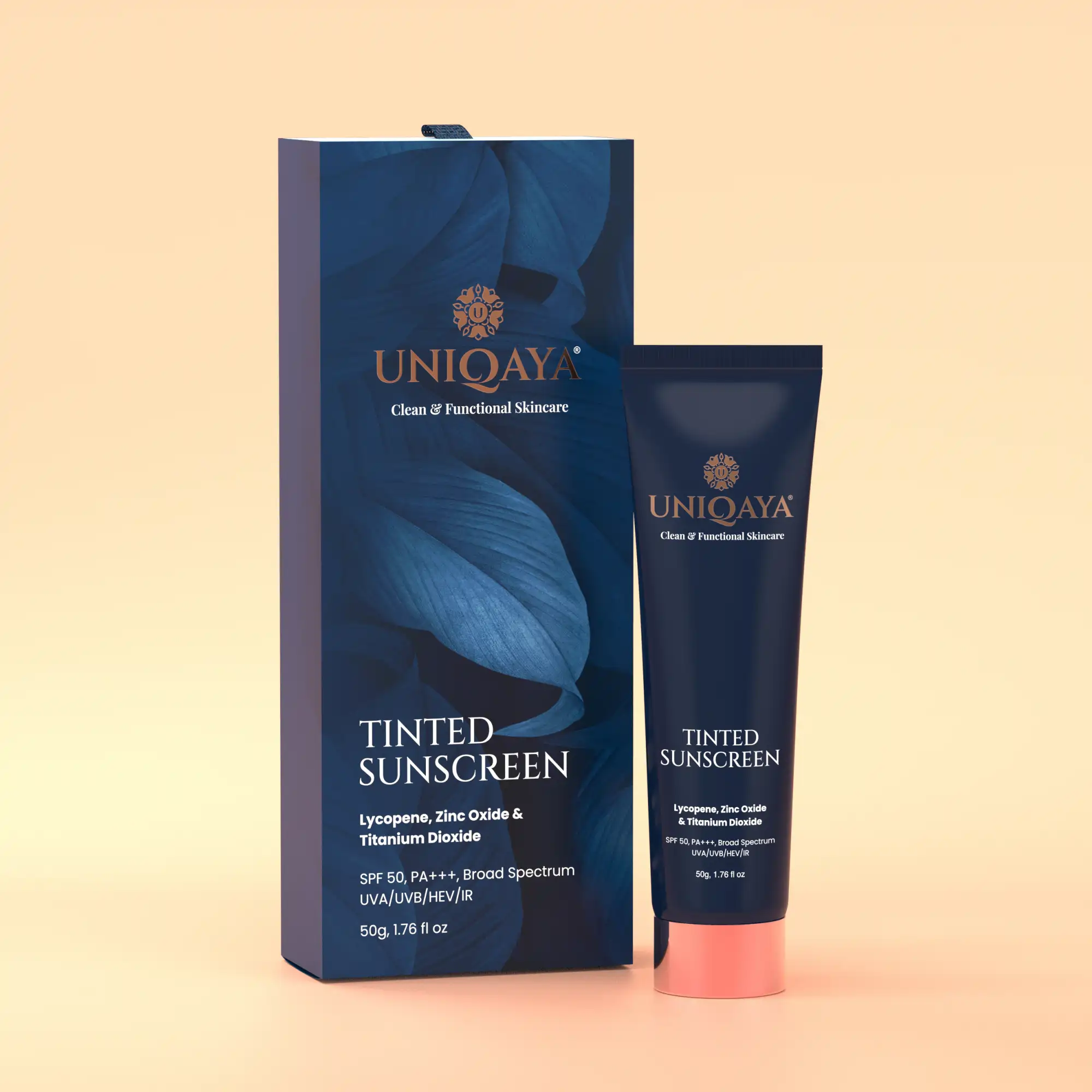
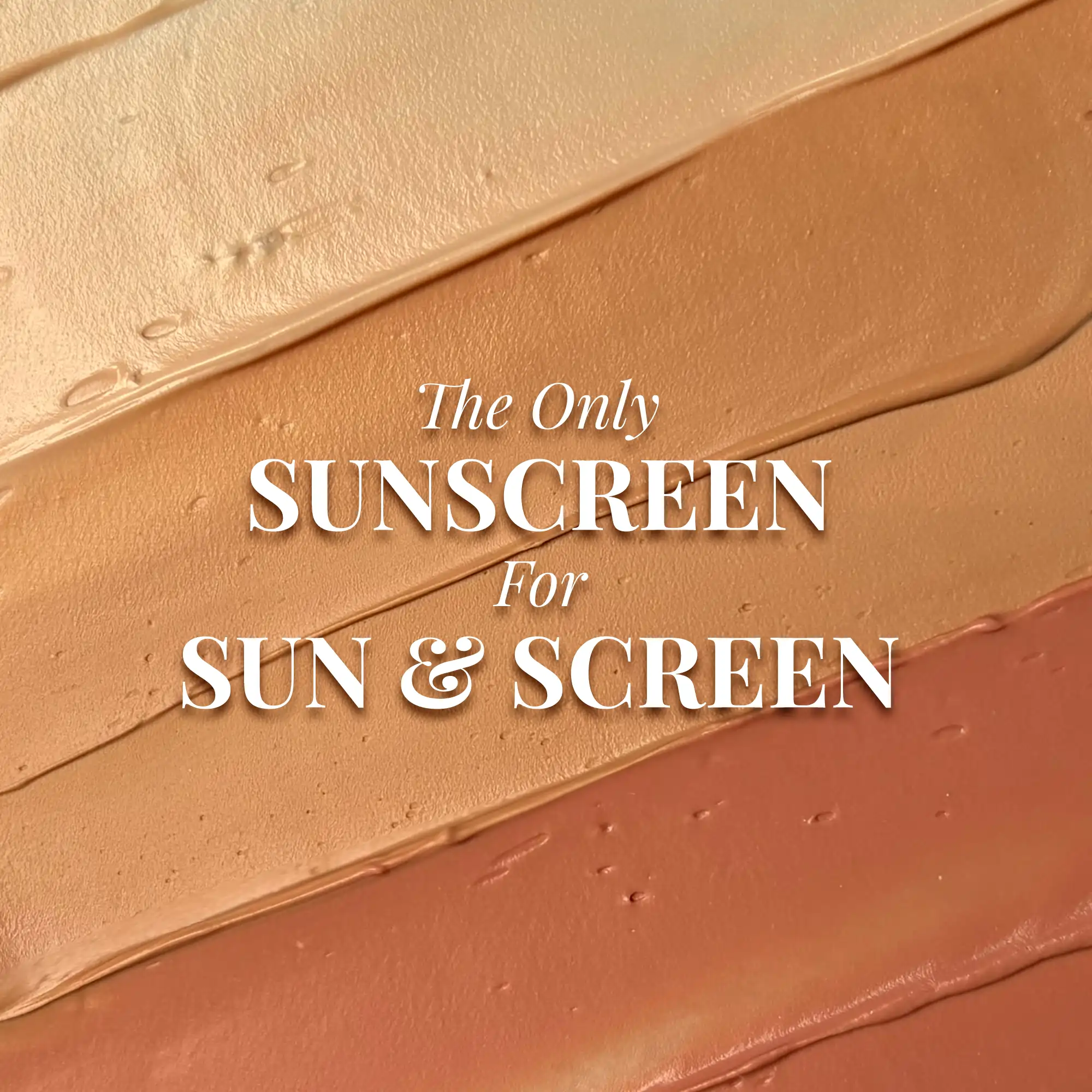
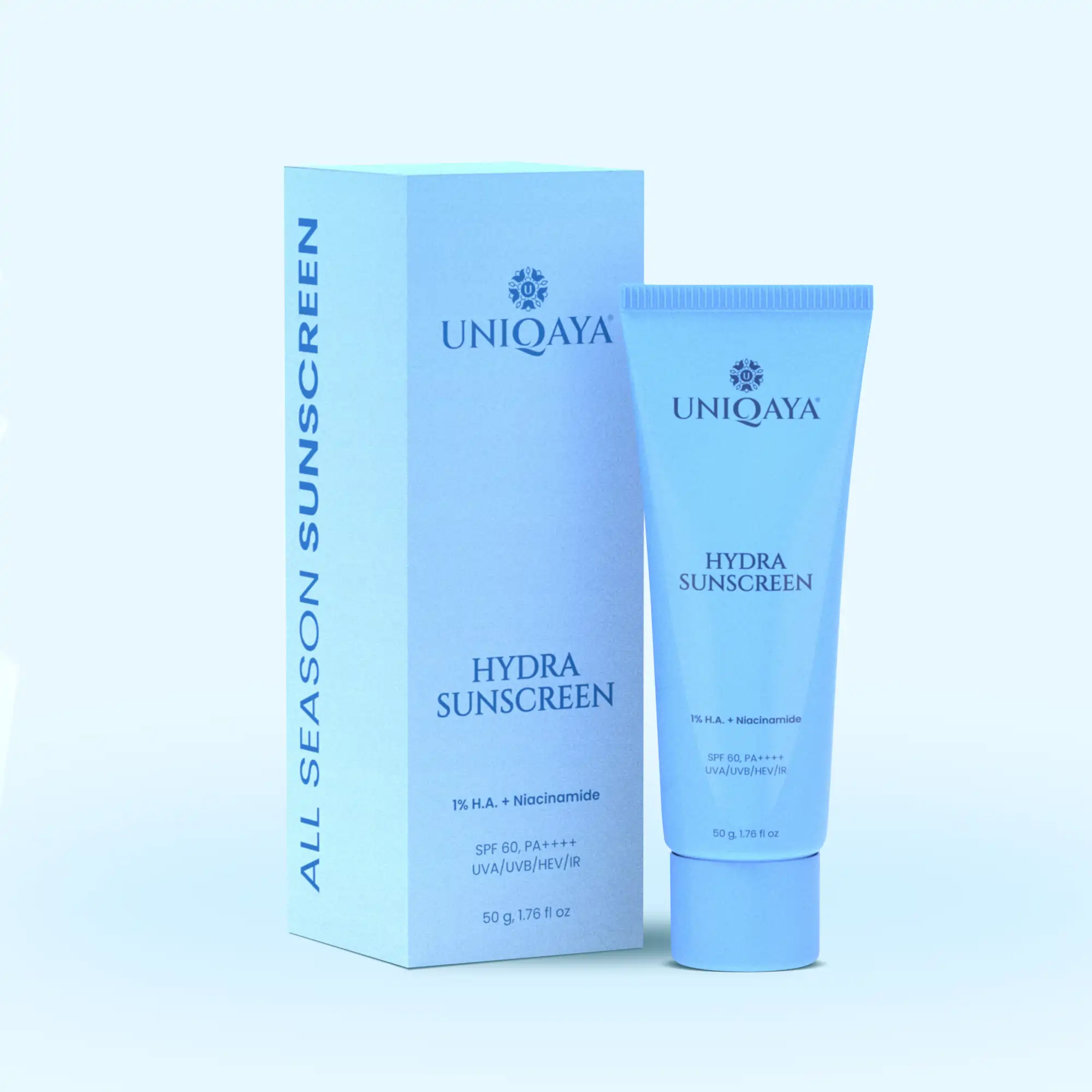
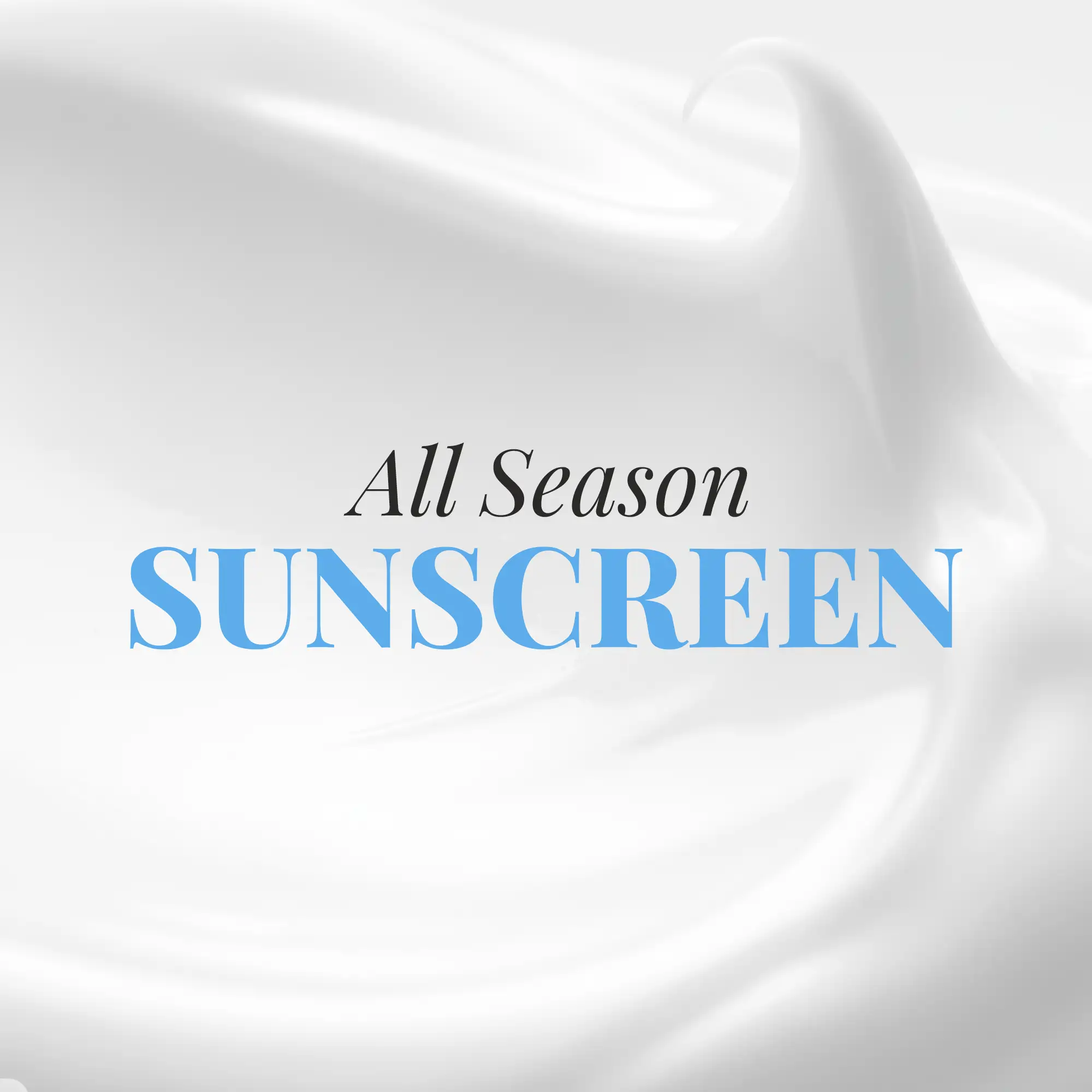
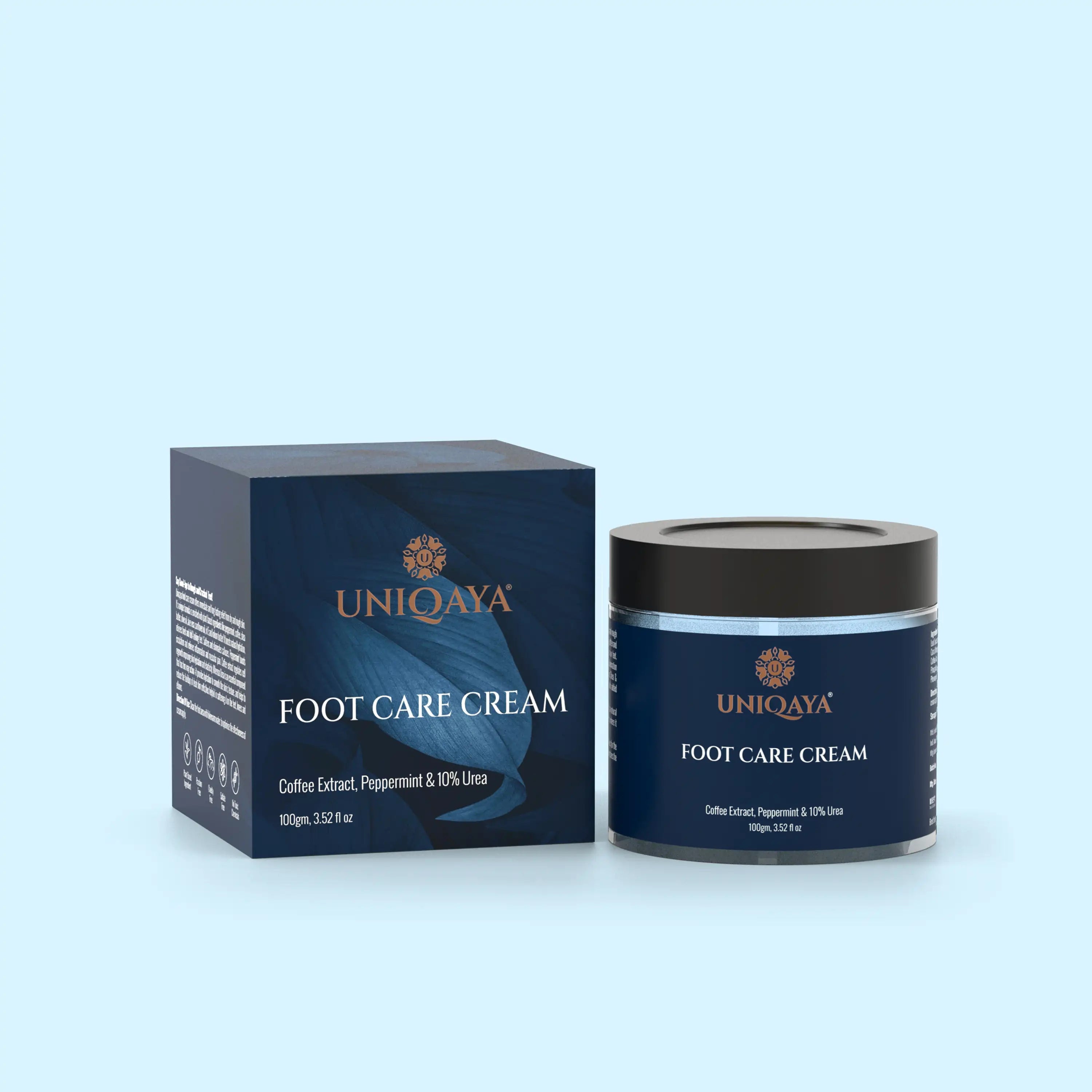
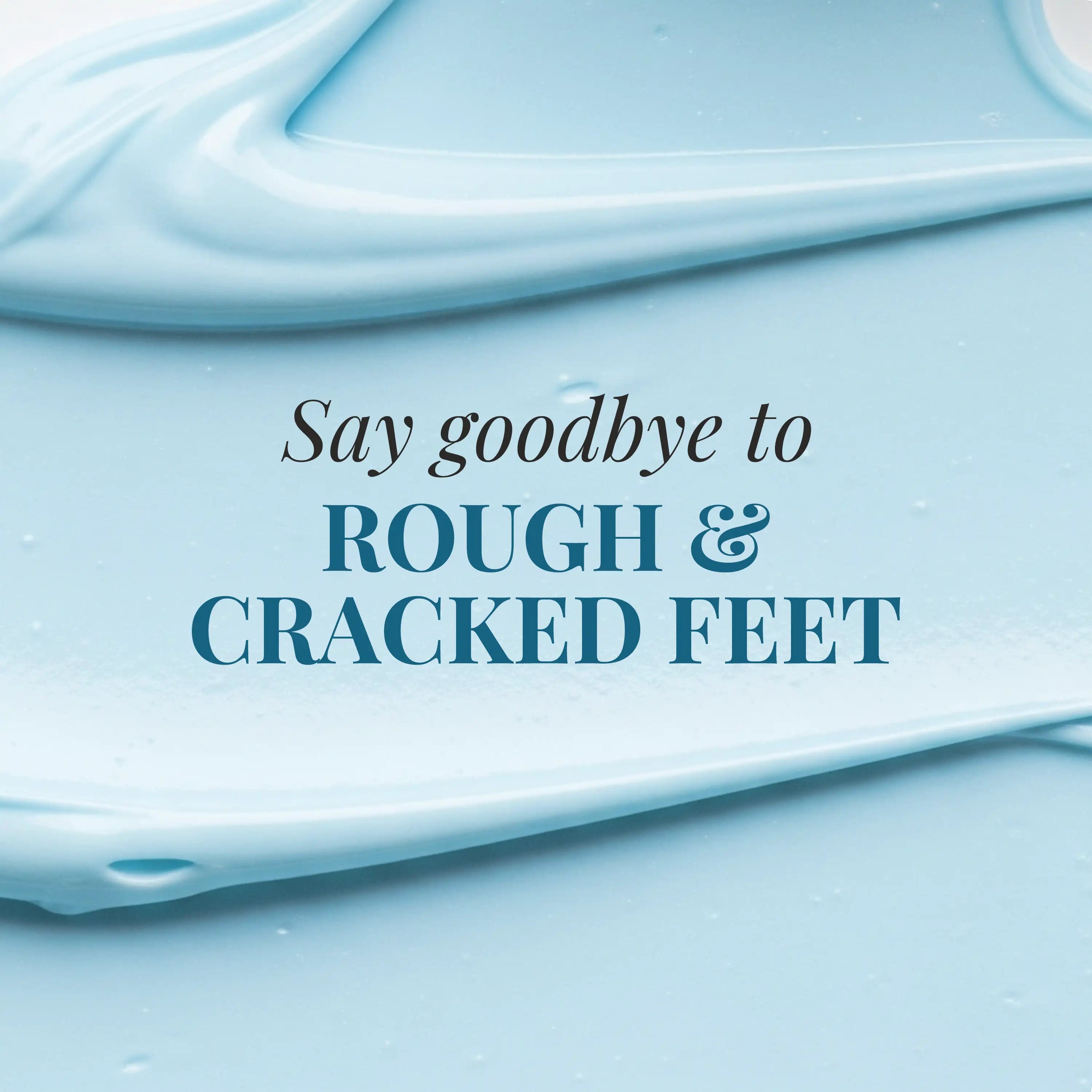
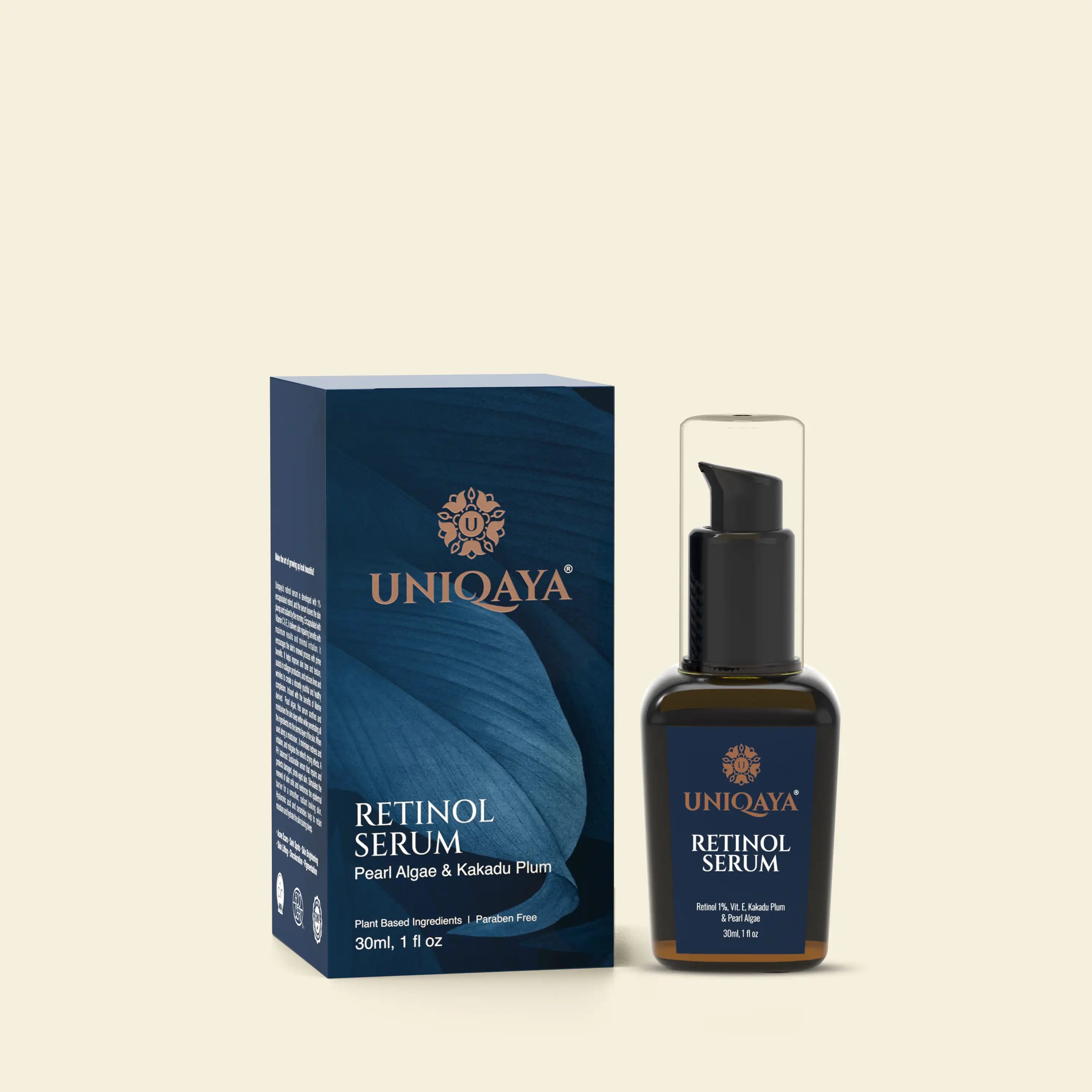
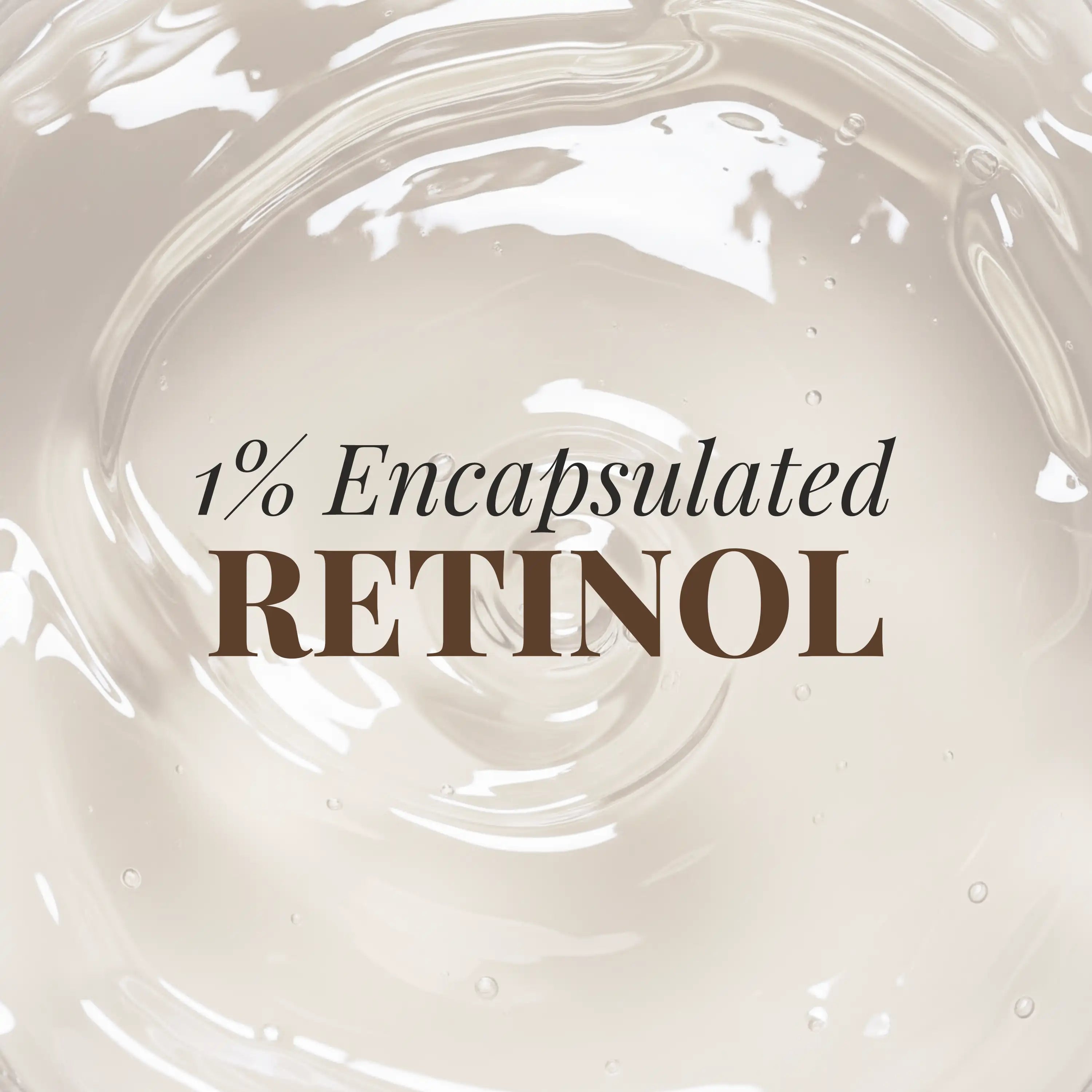
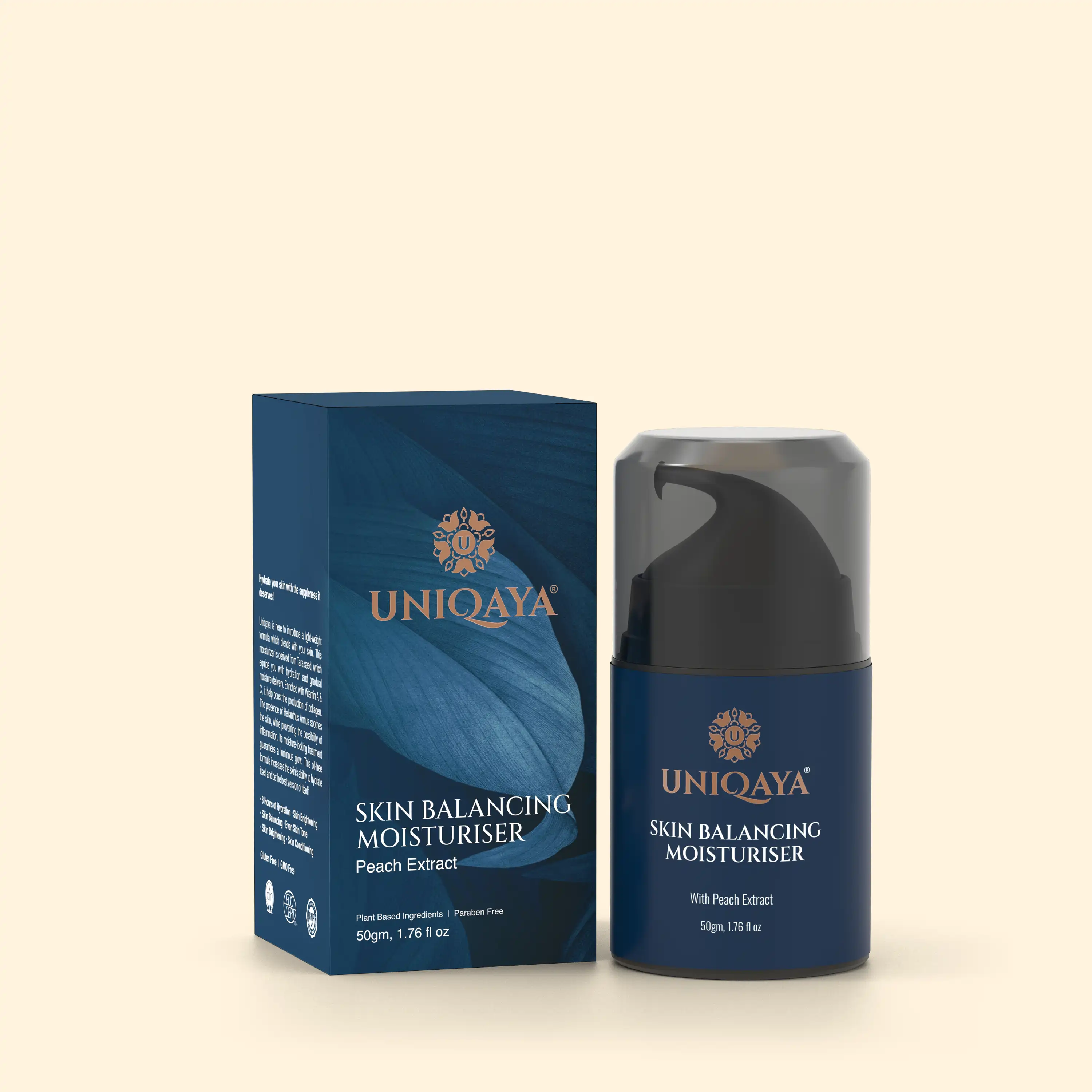
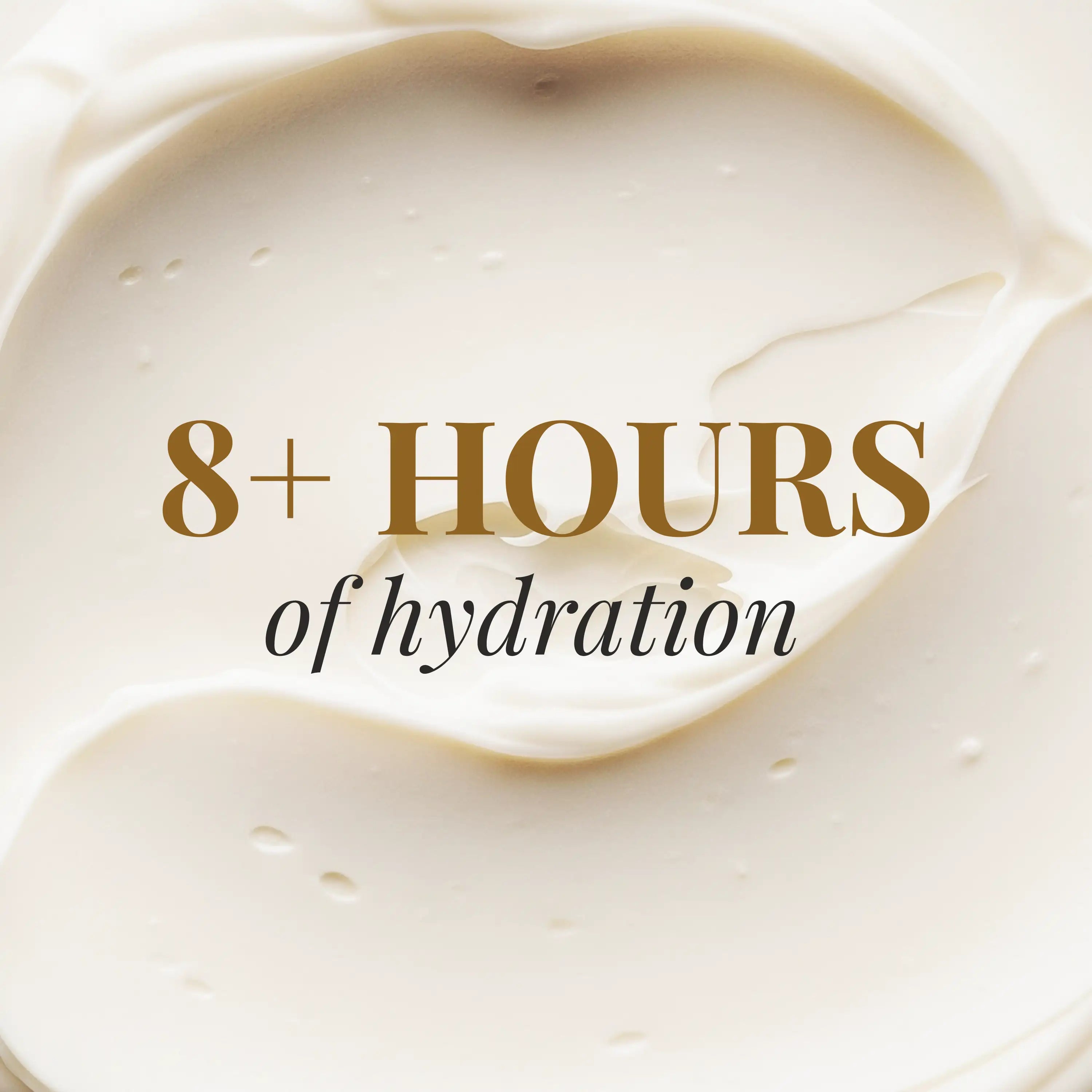
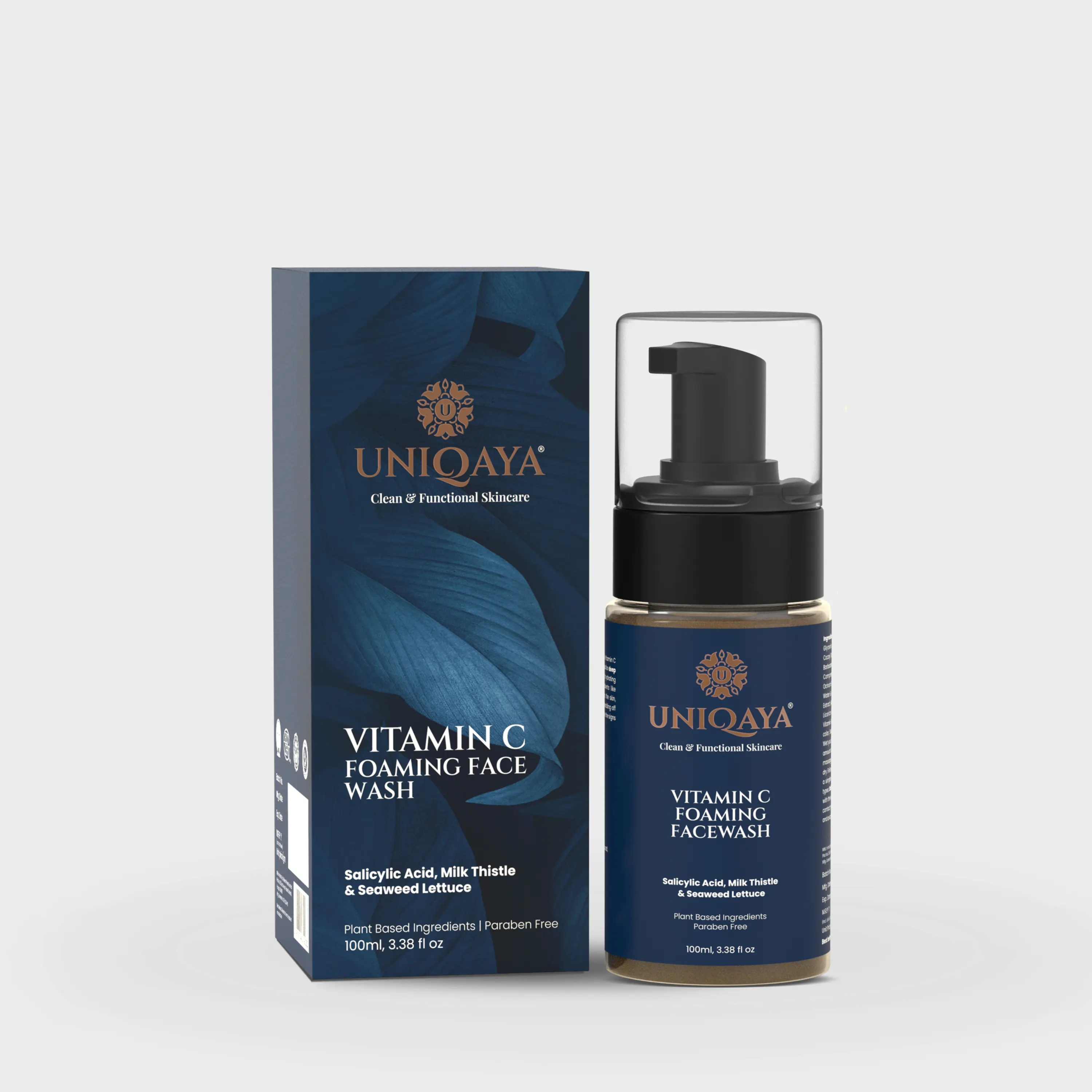
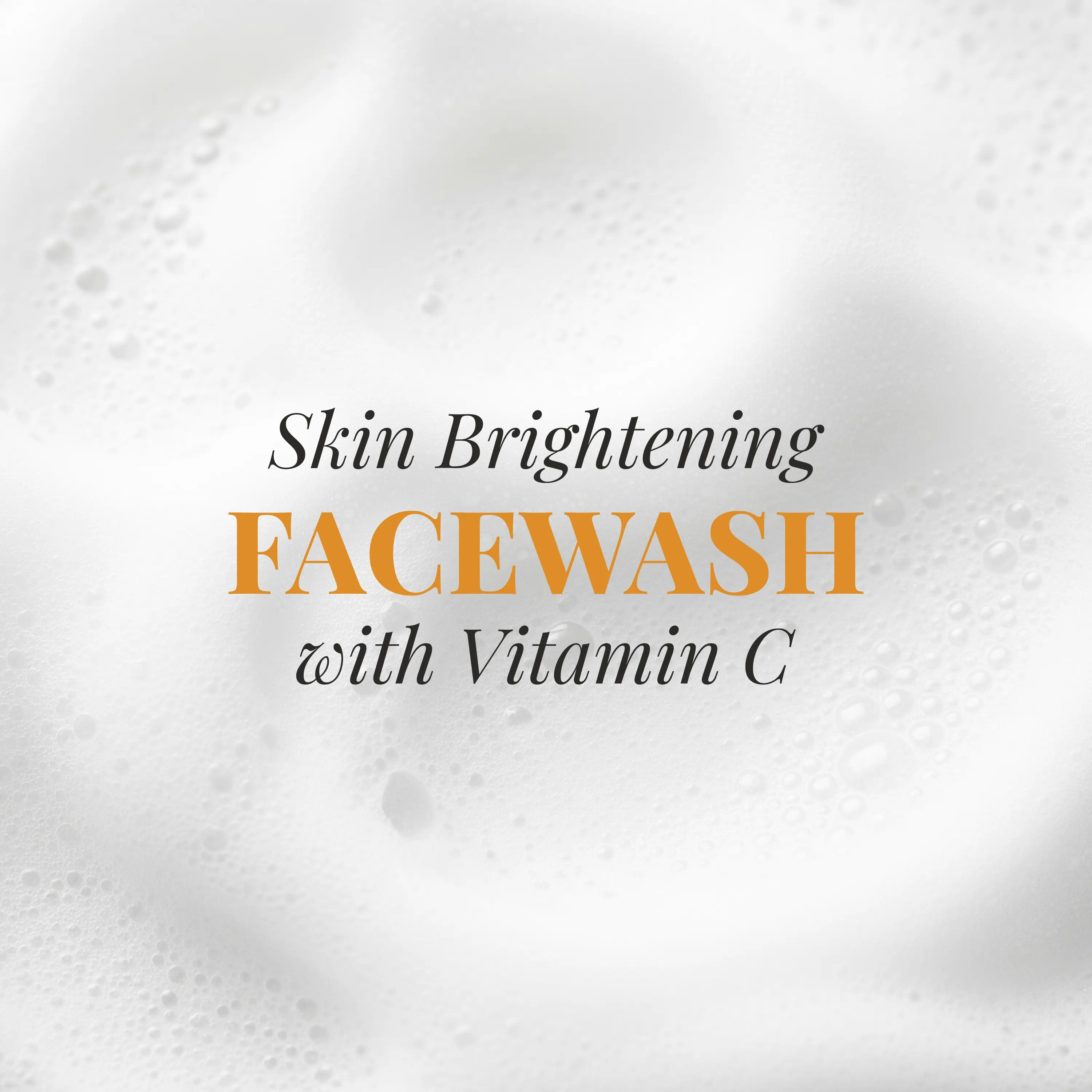
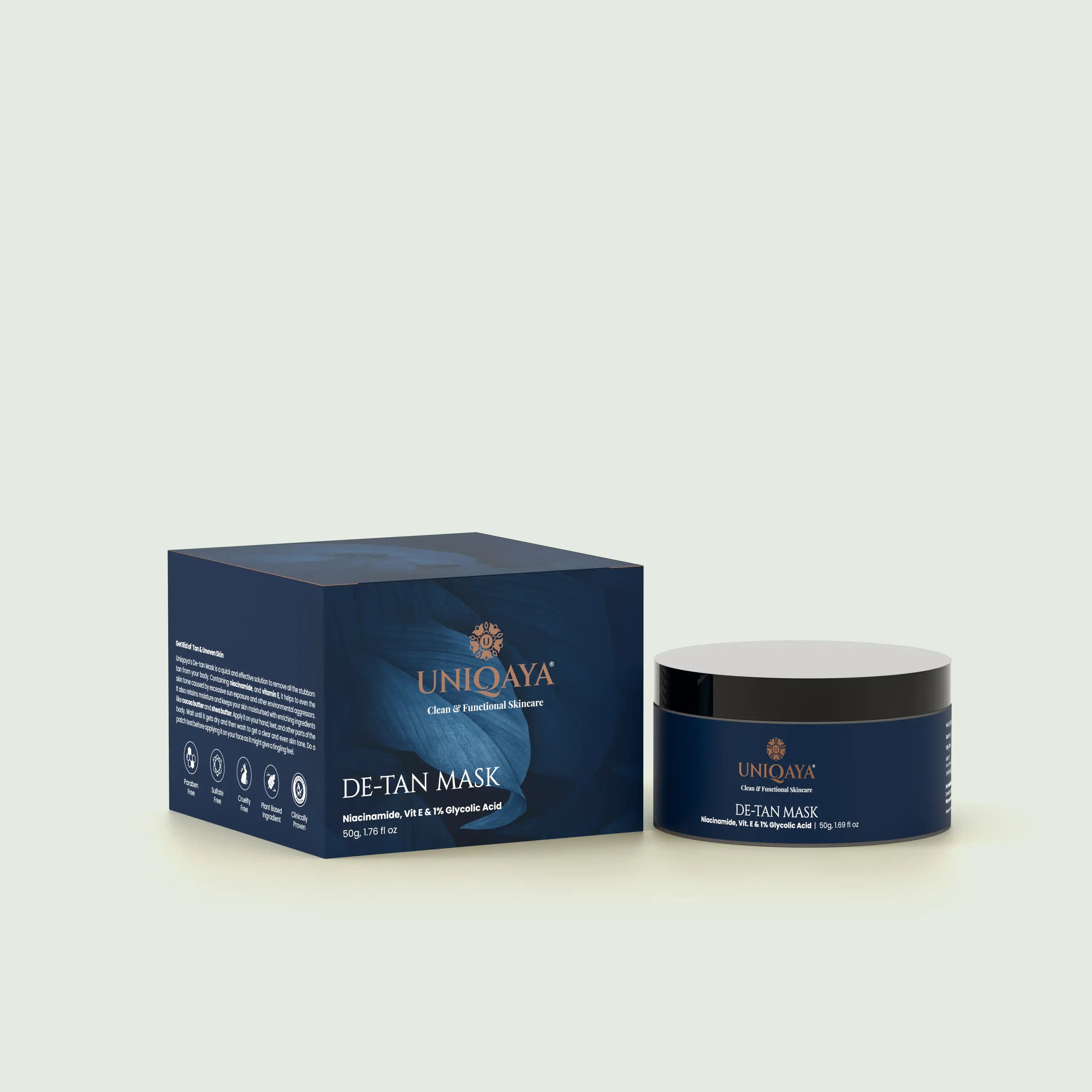
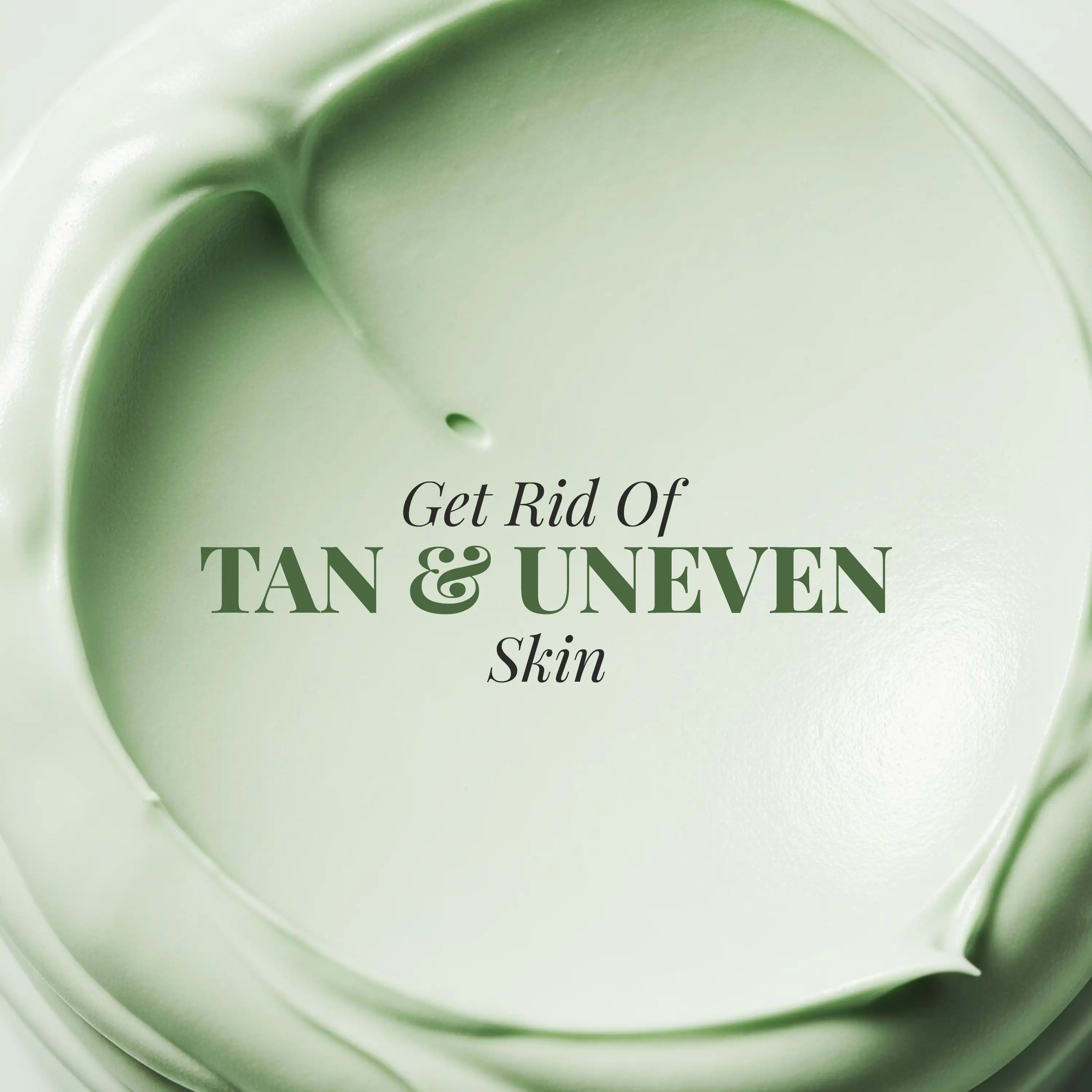
Leave a comment